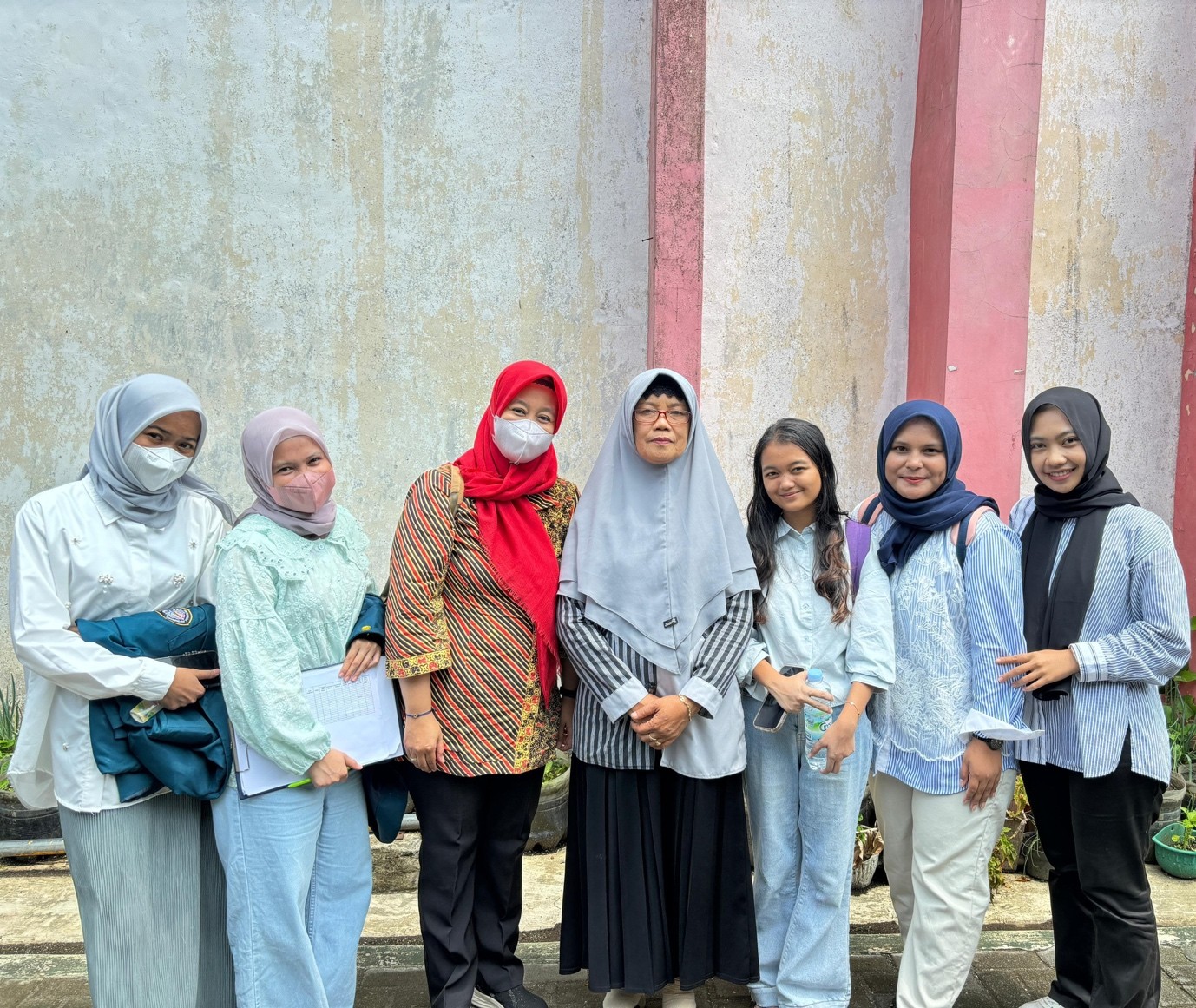Magelang – A surge in mumps cases has been detected at one of the elementary schools in the city since late August 2024. This disease, caused by the Paramyxovirus virus, is characterized by pain and swelling of the parotid glands and can spread rapidly through close contact. The initial report came from the Magelang Tengah Health Center through the Early Warning and Response System (SKDR) of the Magelang City Health Department.
In response to the report, on November 11, 2024, a team comprising the Surveillance and Immunization Unit of the Magelang City Health Department’s Disease Prevention and Control Division, the Magelang Tengah Health Center, and Arlyn—a student from the Field Epidemiology Training Program (FETP) at Diponegoro University—conducted an epidemiological investigation (EI) at the school.
The investigation included symptom documentation, identification of close contacts, and risk factor tracing. Prevention awareness campaigns were also conducted for school staff and students. The EI revealed 4 new cases, bringing the total to 12 cases. The case prevalence reached 14.06% among male students and 6% among female students. First-grade students had the highest number of cases (5 students), while no cases were found in fifth grade. Analysis also showed a decrease in incidence with increasing student age.
Statistical test results show that traveling significantly increases the risk of mumps infection by 11.5 times compared to students who have no history of travel. Epidemiological curve analysis conducted by Arlyn shows that the peak of cases occurred on November 5–11, 2024, with the estimated exposure period occurring on October 15–21, 2024.

Arlyn, as a FETP student, and three master’s students in epidemiology involved in the PE, recommended preventive measures to the Health Office, Community Health Centers, and schools, including: improving the sensitivity of infectious disease surveillance through school collaboration –community health centers, active monitoring of student health and routine reporting to community health centers, granting permission for students to study from home until they recover, providing health promotion materials about infectious diseases in schools, and strengthening monitoring and evaluation of reporting, prevention, and control of infectious diseases.
With these measures, it is hoped that the synergy between schools and health services can prevent the spread of infectious diseases in educational settings, while also serving as an important lesson for future epidemic control efforts.


Recent Comments